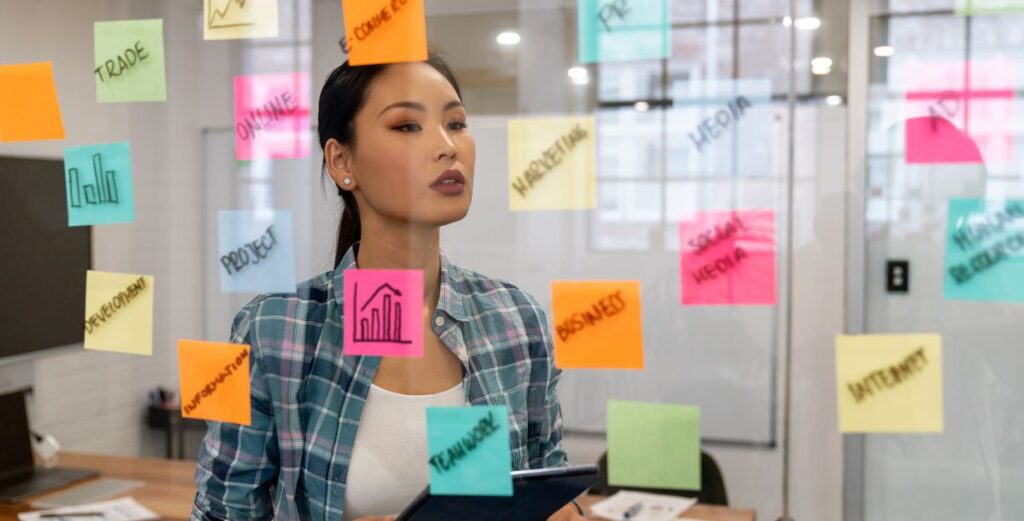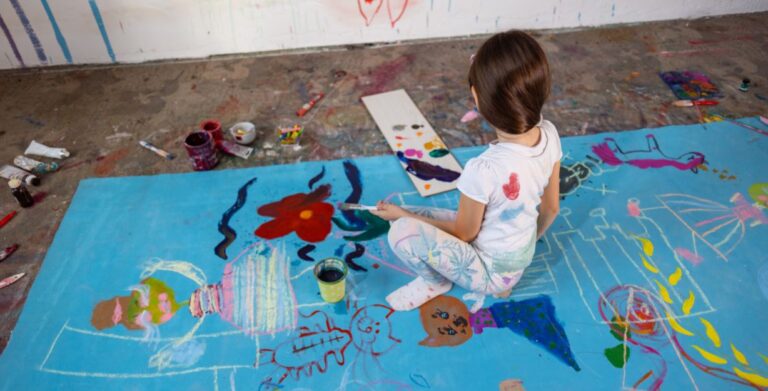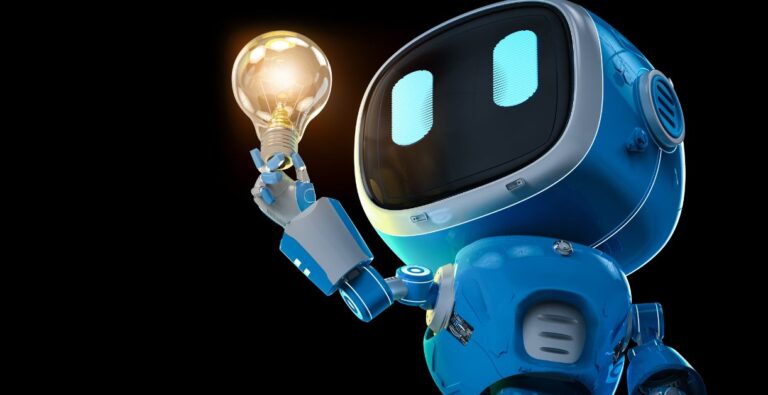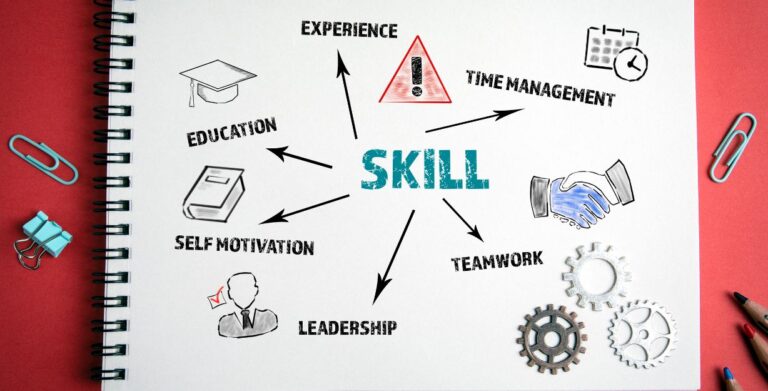What Does It Mean to Be Creative?

Introduction to Creativity
Creativity is one of the most fascinating and complex traits a person can possess. But what does it really mean to be creative? Does it mean you have to be an artist, an inventor, or a visionary? Not necessarily. At its core, creativity is about coming up with ideas, solutions, and approaches that are new, unique, or transformative. It’s about seeing the world differently and challenging the status quo in ways that can inspire and innovate.
We often hear people say, “I’m not a creative person,” but that couldn’t be further from the truth. Everyone has the potential for creativity—it’s just a matter of how we tap into it. Whether it’s in solving problems at work, decorating your home, or even cooking a meal, creativity shows up in everyday moments. So why does it matter so much? Because creativity leads to progress. It fuels innovation, sparks joy, and helps us navigate challenges in life more effectively.
The Core Elements of Creativity
Innovation and Originality
At the heart of creativity lies innovation and originality. This means thinking outside of the box and bringing something new to the table. It could be a fresh perspective, an unexplored idea, or a novel way of approaching an old problem. Being original doesn’t mean reinventing the wheel every time, but it does involve thinking in ways that haven’t been thought of before.
Problem-Solving Skills
Creativity is also closely tied to problem-solving. Whether you’re brainstorming solutions at work or trying to come up with a way to fix a broken appliance at home, your creative skills are at play. Creative problem-solving involves looking at issues from multiple angles, thinking laterally, and finding unconventional paths to success.
The Role of Imagination
Without imagination, creativity would not exist. Imagination allows us to explore possibilities beyond the confines of reality. It’s the playground where ideas are born. When we allow ourselves to dream, to visualize things that don’t yet exist, we set the stage for creativity to take hold.
Creativity in Different Fields
Artistic Creativity
Artistic creativity is perhaps the most widely recognized form of creativity. It encompasses a broad range of disciplines, from painting and sculpting to dance and theater. But even within the arts, creativity manifests differently.
Visual Arts
In visual arts, creativity is about expressing emotions, stories, and experiences through a visual medium. Artists push the boundaries of how we see the world, often using color, texture, and form in unexpected ways.
Performing Arts
In the performing arts, creativity emerges through movement, sound, and storytelling. Whether it’s a dance performance or a theater play, creativity is what brings the performance to life, making each experience unique.
Scientific Creativity
Science and creativity might seem like an odd pairing, but the two are deeply connected. Scientific creativity is what leads to breakthroughs and discoveries.
Inventions and Discoveries
Take the invention of the lightbulb or the discovery of penicillin—both required the ability to think beyond what was known and accepted at the time. Scientists often have to get creative when solving complex problems or making sense of unexpected data.
Business and Entrepreneurial Creativity
Creativity also thrives in the world of business. Entrepreneurs, marketers, and business leaders use creativity to identify new opportunities, develop innovative products, and solve customer needs in ways that stand out from competitors.
Creative Marketing Strategies
Marketing is all about capturing attention, and that requires a high degree of creativity. Creative marketing strategies often involve storytelling, humor, or emotional appeals to connect with audiences in meaningful ways.
The Psychology of Creativity
How the Brain Works During Creative Processes
Creativity isn’t just about inspiration; it’s also about how our brains function. When we engage in creative tasks, various parts of the brain light up, particularly the prefrontal cortex, which is associated with planning and problem-solving.
Divergent Thinking vs. Convergent Thinking
Creativity often involves two types of thinking: divergent and convergent. Divergent thinking is where brainstorming and idea generation take place, while convergent thinking helps us focus and refine those ideas into something practical or usable.
The Role of Environment and Experiences
Our environment and life experiences heavily influence our creative abilities. Growing up in a stimulating, supportive environment can nurture creativity, while rigid, stressful surroundings can stifle it.
How to Foster Creativity

Cultivating a Creative Mindset
Fostering creativity starts with cultivating a mindset that is open to new experiences and willing to take risks.
Encouraging Curiosity
Curiosity is the fuel for creativity. The more we question, explore, and wonder about the world, the more ideas we generate.
Overcoming Fear of Failure
Fear of failure is one of the biggest creativity blockers. Embracing mistakes and learning from them allows us to take risks without worrying about getting it right the first time.
Practical Exercises to Boost Creativity
Brainstorming and Mind Mapping
Simple activities like brainstorming and mind mapping can help boost creativity by allowing ideas to flow freely without judgment.
Challenges to Creativity
Self-Doubt and Creativity Blocks
One of the biggest barriers to creativity is self-doubt. When we don’t believe in our abilities, we stifle our creative expression.
External Pressures and Time Constraints
Creativity also struggles to thrive under time constraints or external pressures. It’s hard to be imaginative when you’re rushed or stressed out.
Wrap Up
In conclusion, being creative is about more than just coming up with new ideas. It’s about thinking in ways that challenge the norm, tapping into your imagination, and using problem-solving skills to bring those ideas to life. Creativity shows up in various aspects of life, from the arts to science and business. By fostering a mindset that encourages curiosity, embraces failure, and supports divergent thinking, anyone can unleash their creative potential.
FAQs
How does creativity affect personal growth?
Creativity allows individuals to express themselves, solve problems, and adapt to new situations, fostering both personal and professional growth.
Can creativity be taught or learned?
Yes, creativity can be cultivated through practice, openness to new experiences, and engaging in creative exercises.
What is the difference between creativity and innovation?
Creativity involves generating new ideas, while innovation is about implementing those ideas in practical ways.
Why do some people struggle to be creative?
Some people may struggle with creativity due to fear of failure, self-doubt, or a lack of stimulating environments.
How can creativity improve mental health?
Engaging in creative activities can reduce stress, boost mood, and provide a healthy outlet for emotions.






